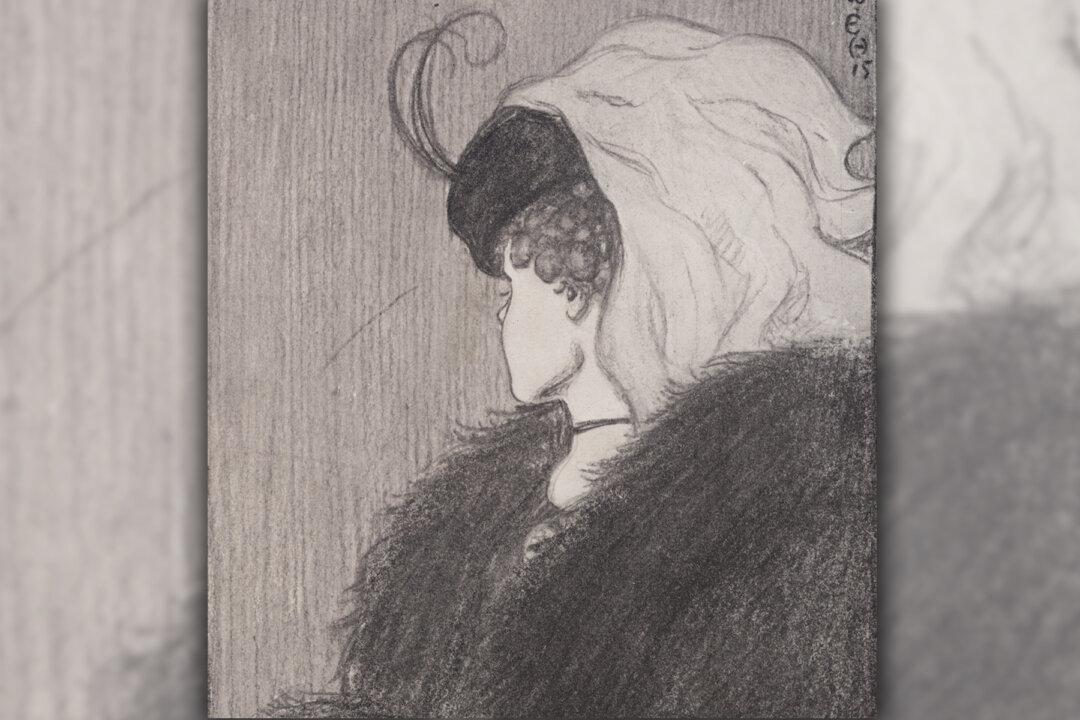This image may look familiar, and that’s because “My Wife and My Mother-in-Law” is one of the most well-known optical illusions of the last 100 years. However, did you know that it also has the ability to reveal how old you are?
The drawing’s first incarnation was on a German postcard in 1888. An American cartoonist named William Ely Hill later reinterpreted the image, and it was published in the humor magazine Puck on Nov. 6, 1915. Hill captioned the image: “They are both in this picture. Find them.”





